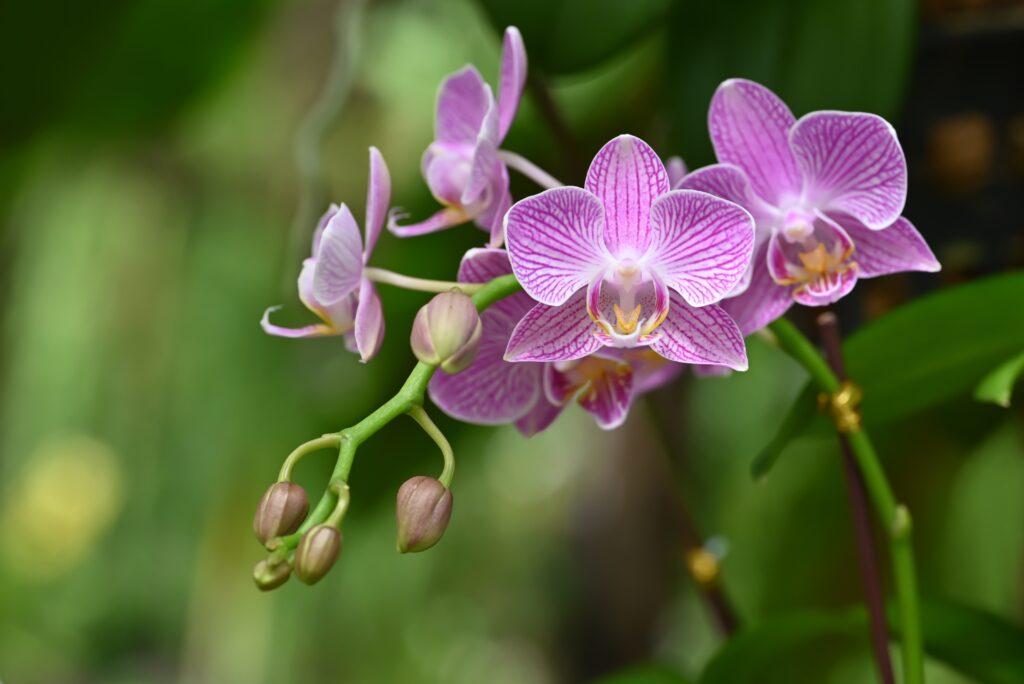Hidden beneath the soil, Rhizanthella is one of nature’s most remarkable orchids—an entire species that lives, grows, and even blooms underground. Lacking leaves and chlorophyll, it survives by drawing nutrients from a specialized fungus, which in turn connects to the roots of the broom bush (Melaleuca uncinata).
First discovered in 1928 by a farmer ploughing a field in Western Australia, Rhizanthella caused an international sensation for its unique subterranean lifestyle. Even today, it remains elusive. Botanists can locate it only by identifying suitable habitats and carefully scraping away soil to reveal its tiny reddish flowers, encased in creamy-pink bracts and releasing a rich vanilla fragrance. Scientists believe termites or small flies may act as pollinators.
There are only five known species of Rhizanthella, each among the rarest orchids on Earth. Their numbers have dwindled dramatically due to habitat loss and droughts intensified by climate change, leaving them on the brink of extinction.
To save them, botanist Kingsley Dixon and his team at the University of Western Australia are racing against time. They are cultivating the orchid’s symbiotic fungus alongside its seeds in the lab, then transplanting both into pots containing Melaleuca bushes. This delicate process offers a glimmer of hope for conserving one of the planet’s most mysterious and vulnerable plants.



